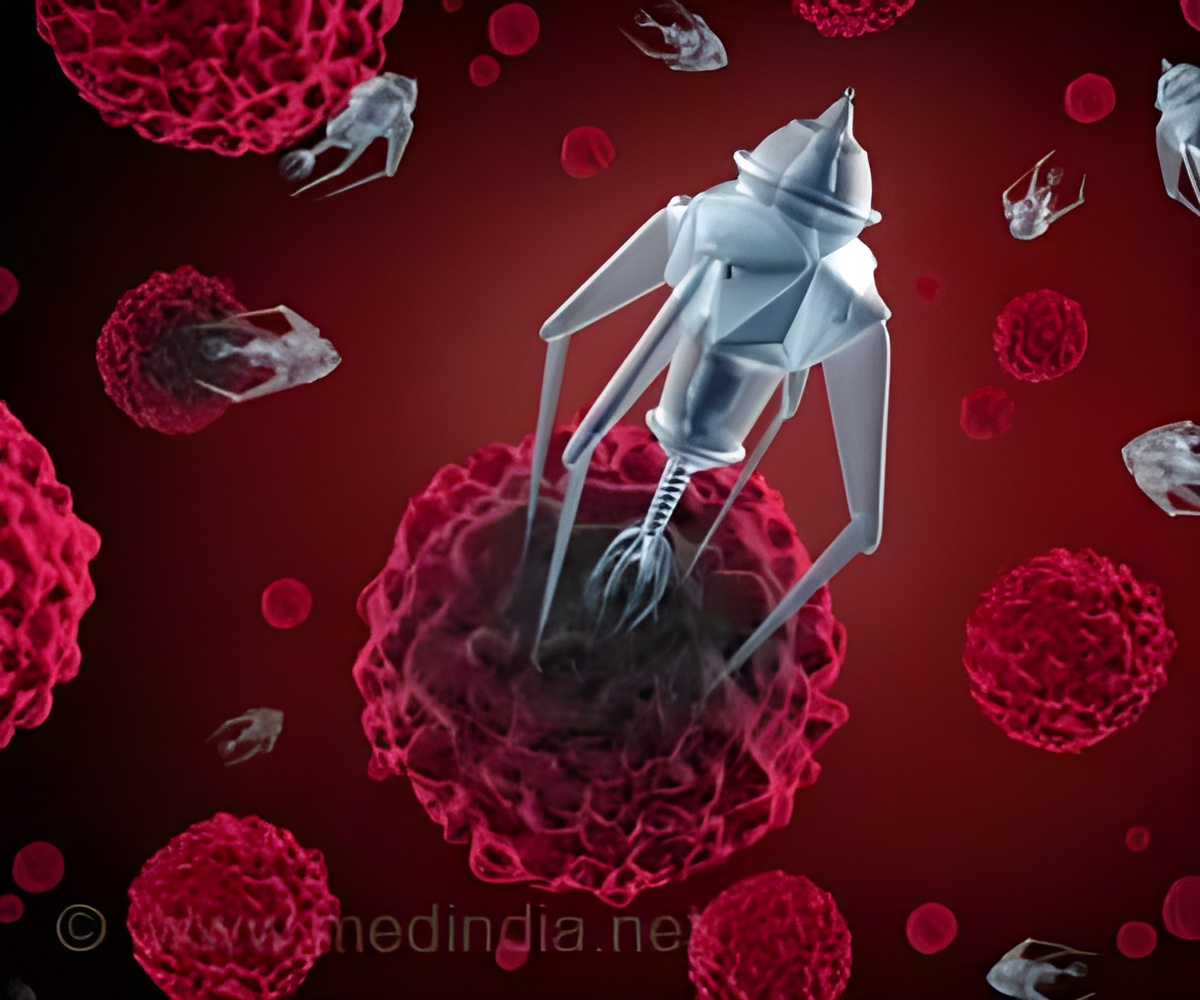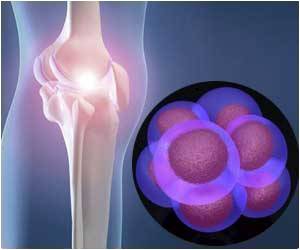A nanoparticle-based wireless deep brain stimulation system offers a novel approach to treating Parkinson's.

A nanoparticle-based wireless deep brain stimulation system that reverses Parkinson's disease
Go to source). The system, consisting of Au@TRPV1@β-syn nanoparticles (ATB NPs), enables precise modulation of degenerated neurons by stimulating the endogenous expression of the thermosensitive TRPV1 receptor in neurons. This breakthrough provides valuable insights into potential treatments for Parkinson's disease (PD) and other neurodegenerative disorders.
‘A new wireless deep #brainstimulation system using #nanoparticles shows promise in reversing #Parkinson's disease. Could this be a game-changer?’





Parkinson's Disease: New Insights
Parkinson's disease (PD) is the second most common neurodegenerative disorder, primarily characterized by motor dysfunction. Its pathological hallmark is the abnormal aggregation of α-synuclein (α-syn) into insoluble fibrils and Lewy bodies, leading to the degeneration and death of dopaminergic neurons in the substantia nigra of the midbrain. To ameliorate motor symptoms in patients, a common clinical approach, deep brain stimulation (DBS), involves the implantation of electrodes into specific brain regions to modulate neuronal activity through direct electrical stimulation.Although DBS enhances the efficiency of neuronal regulation, its invasive nature can lead to cognitive decline and emotional disturbances such as depression and anxiety. Subsequently developed non-invasive techniques such as transcranial direct current stimulation and transcranial magnetic stimulation can enhance cortical excitability but are limited by insufficient penetration depth and spatial resolution. Therefore, to develop non-invasive DBS technologies that combine high spatial resolution with strong penetration capabilities is crucial.
This system consists of three core modules: a photothermal conversion module (gold nanoshells, i.e., AuNSs) for activating the thermosensitive TRPV1 ion channels; a targeting module (TRPV1 antibody) to specifically target dopaminergic neurons with high TRPV1 expression; and a degradation module (β-syn peptide, containing a near-infrared-responsive linker) that binds to the hydrophobic domain of the non-amyloid-β component of α-synuclein, facilitating the degradation of α-syn fibrils.
Using an α-syn fibril-induced PD model, the researchers attempted to restore the degenerated dopaminergic neurons in the substantia nigra of the midbrain through use of the wireless DBS nanosystem.
After stereotactic injection of ATB NPs into the substantia nigra of PD mice, the nanoparticles anchored to the surface of dopaminergic neurons via the TRPV1 antibody. Under 808 nm pulsed near-infrared laser irradiation, they functioned as nanoantennas, converting light into heat to activate the thermosensitive TRPV1 receptor, leading to Ca2+ influx and the generation of action potentials.
Advertisement
This wireless DBS nanosystem has three primary advantages: It leverages the endogenously expressed TRPV1 receptors in dopaminergic neurons of the substantia nigra, eliminating the need for implanted neural electrodes or genetic manipulation; it enables precise spatiotemporal modulation of degenerative neurons in specific brain regions by integrating near-infrared laser technology; and it exhibits excellent biosafety.
Advertisement
- A nanoparticle-based wireless deep brain stimulation system that reverses Parkinson’s disease - (https://www.science.org/doi/10.1126/sciadv.ado4927)
Source-Eurekalert









